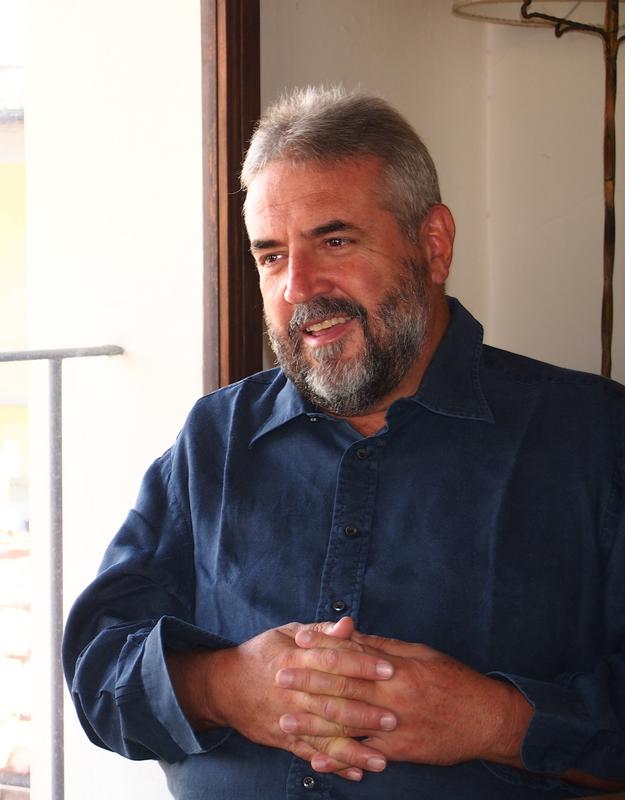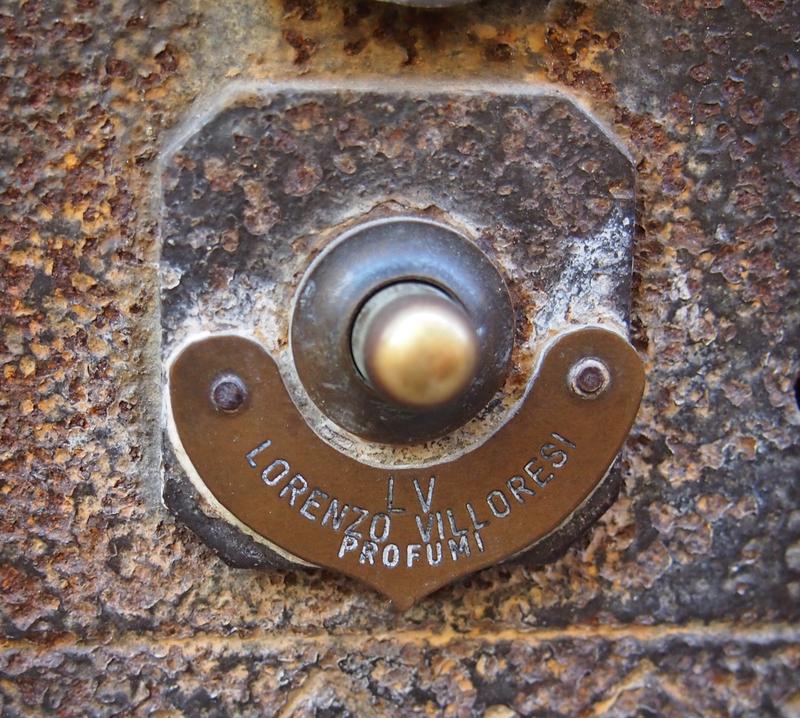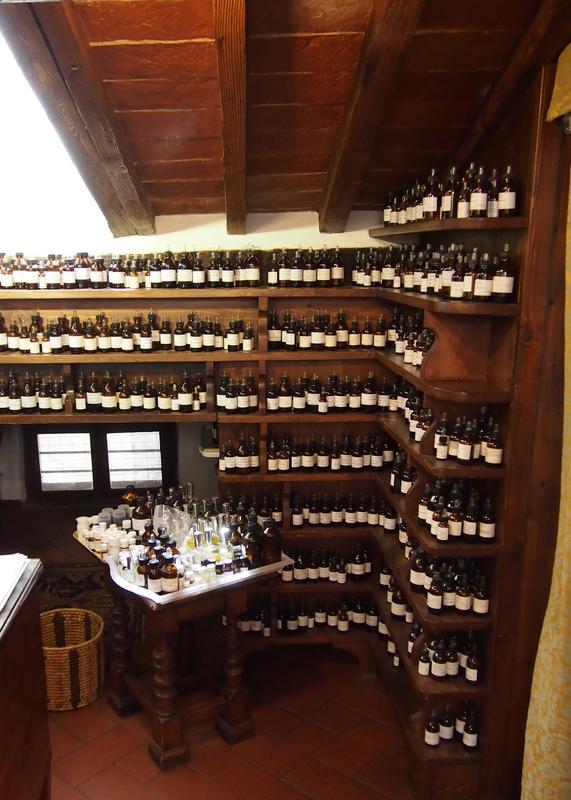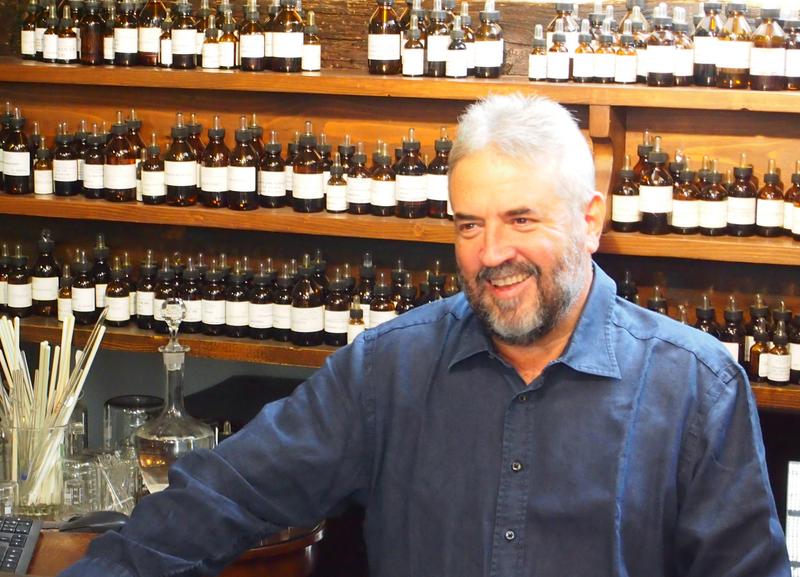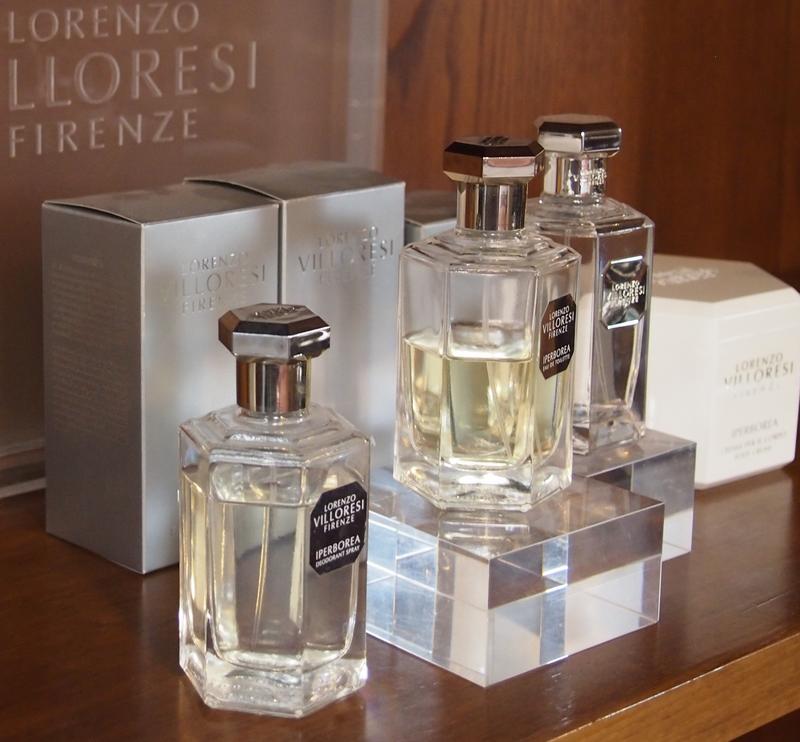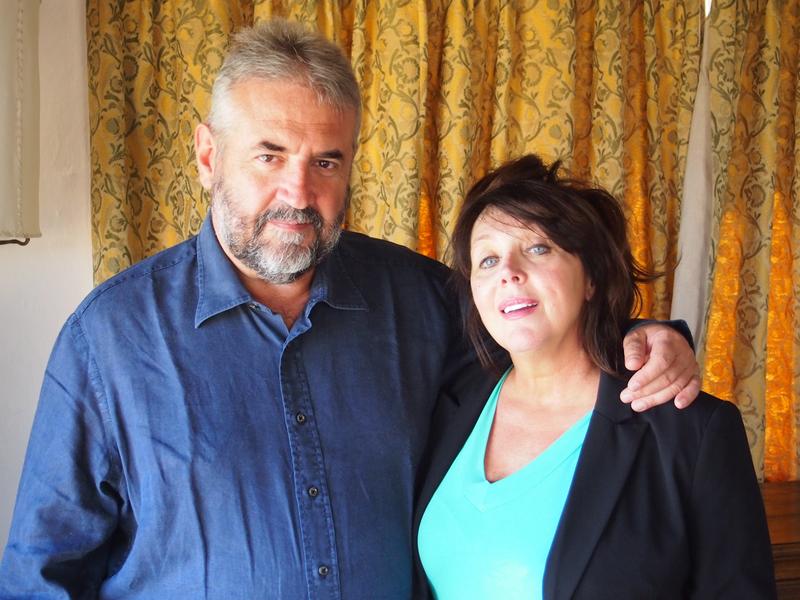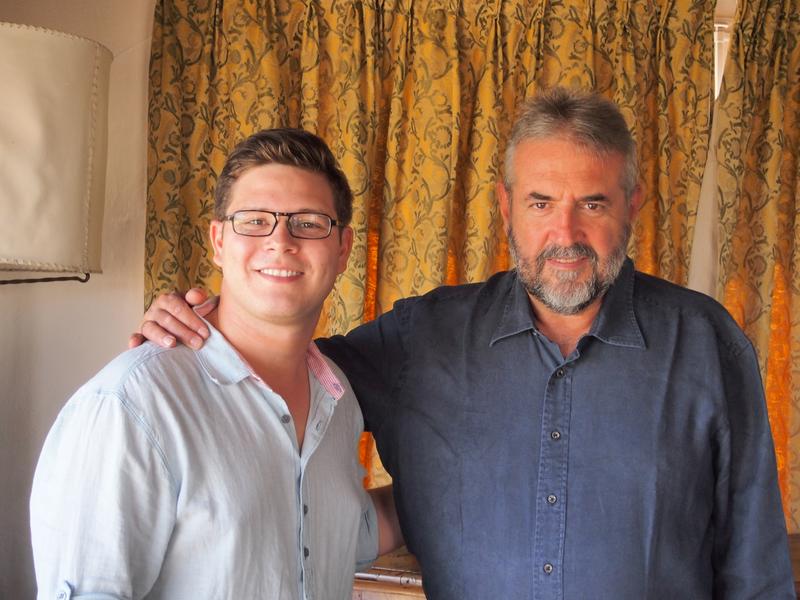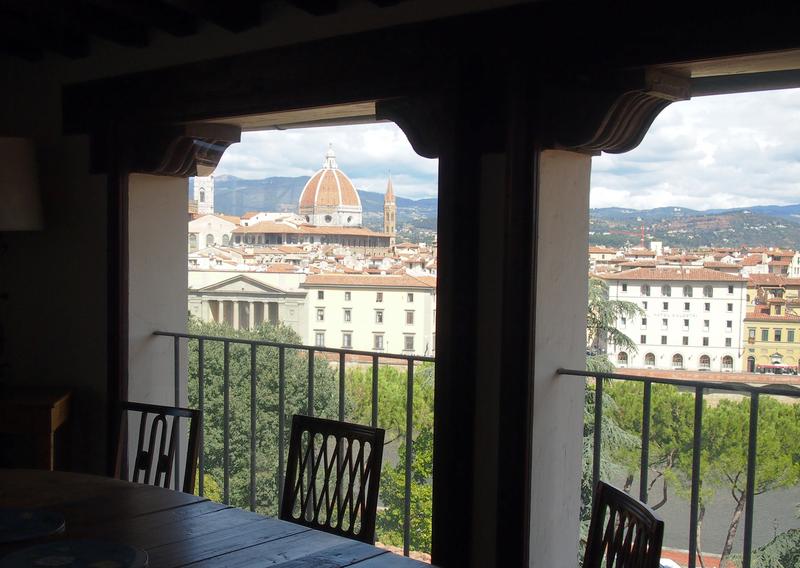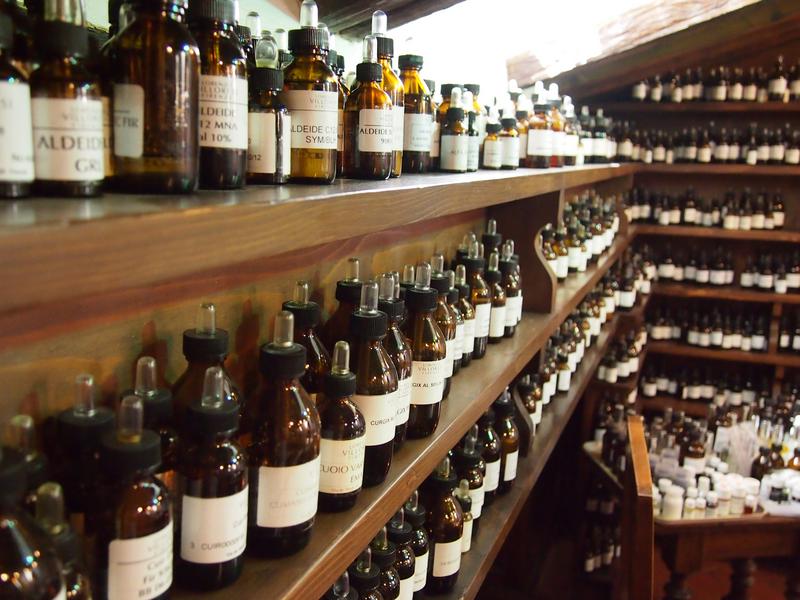October 15, 2012
Disclaimer: The views and opinions expressed herein are solely those of the author and/or guest contributors and do not necessarily state or reflect those of The Perfume Magazine LLC, Raphaella Brescia Barkley or Mark David Boberick.
All content included on this site, such as text, graphics, logos, icons, videos and images is the property of The Perfume Magazine, LLC. or its content suppliers and protected by United States and international copyright laws. The compilation of all content on this site is the exclusive property of The Perfume Magazine, LLC. and protected by U.S. and international copyright laws.
The Perfume Magazine.com is solely owned and operated by Raphaella Barkley Raphaella Barkley; Editor, Founder and Owner of The Perfume Magazine LLC.
The Perfume Magazine Forums, The Perfume Magazine.com, The Perfume Magazine FaceBook,The Perfume Magazine Twitter, and Sniffapalooza Magazine.com, as well as all The Perfume Magazine Social Media, is also solely owned and operated by Raphaella Barkley and The Perfume Magazine LLC.
The logo and banner are property of The Perfume Magazine, LLC. and are protected by U.S.and international copyright laws.
© Copyright. 2012. All Rights Reserved. The Perfume Magazine LLC 2012
An Interview with Perfumer LORENZO VILLORESI
Raphaella and Mark David had the great fortune to spend an afternoon with Lorenzo Villoresi in his Florence studio and to sit down with the perfumer for this interview.
Oltrarno, Florence, Italy.
September 13, 2012
The Perfume Magazine: When did you launch Lorenzo Villoresi as a brand?
Lorenzo Villoresi: Launch is a big word. We started with no precise project. I had to start, in a way, because I was doing personal fragrances for private clients; little compounds and potpourris during the 80's after several trips in the Middle East, where I used to collect spices and essences for fun or for cooking. And then in 1989, there was a friend of a friend of a friend, who was working for the Fendi sisters, and she came here and I did a personal fragrance for her. But just for fun. And she came again with an actor friend of hers and they wanted me to produce something for the Fendi sisters. By the way, they recently published this story in a book on Fendi, which was very nice. So I began to work with Fendi in this way and this was, essentially, the start. Initially, I did not work with fragrances for the body. I officially started Lorenzo Villoresi in May of 1990 with scented candles, potpourris and room aromatizers. Two years later, I came out with personal fragrances starting with Uomo, and then with Donna, followed slowly by all of the others.
TPM: You were born in Florence, yes?
LV: I was born in Florence, yes. Luckily, I have lived in several other places, as well, including the United States between 1976 and 1977, several years in the Middle East around Egypt, North Africa, Austria, and several other places. At the time, I didn't realize how lucky I was to be able to travel as much as I did.
TPM: Do you still travel a lot?
LV: I do. Last year we visited Mexico, in the Yucatan area, and then afterwards we went to New York City. It’s good for the children – we have three children.
TPM: Do your travels inspire you?
LV: They do. For instance in the Yucatan, I found an incense that was used by the Mayans – it’s a strange black incense made from a special wood called Ocote that burns by itself and keeps burning – it’s fantastic!
We also went to China last year because we were working on a few projects in Shanghai and we came across a few special blends, there. Travel is important, it’s refreshing - to meet different cultures, and wherever you go, there is always something that you discover.
For us, we are in Florence – we are Florentine, but we do not want to identify in a supposed existing Florentine style. We love to be international and multicultural. This is why we have fragrances that are named in ten different languages including lost languages like Mesopotamian.
Normally, we do not follow any precise style, but we are inspired by legends and myths.
TPM: So you want to be as diverse as possible?
LV: We do not want to be, we are. We have many ideas and what we are committed to is to translate these ideas into realities.
TPM: Do you always return from your travels feeling particularly invigorated?
LV: Yes, quite a lot. I must say, I was especially impressed with the productions in Egypt and the fact that traditionally, the world of fragrance in these countries flows so much through every aspect of every day life. For example, the tea with mint, the coffee with cardamom, the amber cigarettes. Even the narguile – it has rosewater inside.
TPM: So you take inspiration from different cultures and from your travels, but what methods would you say you create in? Would you say the production is the aspect that is very Italian or have you evolved to use other cultural methods?
LV: Everything first comes from a wish, a desire, a vision, a need. The vision we like to translate into fragrance, but also into a little poem that goes along with the fragrance. This is a free creation. Sometimes people don’t care what we make, or they care relatively. But, on other occasions, since we do not follow trends, people like it a lot because it is something original. For example, when we first created Teint de Neige, it was such a success but there was no existing trend like it at the time. On the contrary, a fragrance like Yerbamate, which is a very nice fragrance: green, floral, hay, lavender, etc. – was never a huge success but some people like it so much simply because there is nothing similar.
TPM: Tell us more about Teint de Neige. You translate it, literally, as “the color of snow.” What is that?
LV: Well, it’s not exactly the color of snow. It is a French idiom that refers to the color of the skin, like when someone is very pale. It is our “French” fragrance.
TPM: We really love that your fragrances have names that span many different languages.
LV: Yes, Piper Nigrum is Latin. Alamut is Transcaucasic. But they really come from myths and legends. But, not always because our newest fragrance collection is called Mare Nostrum which is the ancient name for the Mediterranean Sea. But, can you imagine what passed through the seas in those times? Not only the Romans, but all the civilizations with their spices from Africa and the Middle East, coming, meeting, and exchanging? It will be a series of fragrances, not just one. We realized we couldn’t tell the whole story with just one fragrance so we decided to do a series, which is called Mare Nostrum and the first fragrance in the series is Aura Maris.
TPM: So, you are drawn to the history…
LV: I would say more of the psychology, the soul. History is too rational, too chronological. Visions are free. If we imagine with Yerbamate, an infinite field of green, it is something that, in a way, can exist, but it really doesn’t exist. An infinite green field? Maybe, it is a need. A need of nature, a need of peace – but other people, they also feel it in the same way, therefore you have the possibility of the emotions that are related to these visions, to make them part of your being. It should be something more.
TPM: Do you ever go after one raw material when you set out to do a new fragrance?
LV: If it’s a private request, yes. But when it is ours, it must come organically from the story or the myth.
TPM: You don’t really cater to trends or follow the trends of the big companies, do you?
LV: For our collections, certainly. Where we want to be free is with our maison – if there is a certain trend – we don’t care. We don’t follow it.
TPM: Sometimes trends get out of hand, anyway.
LV: And if people follow the trend, I understand that. I understand big companies who follow trends because marketing directors need to know what is making money.
But for niche houses, I think it is the opposite. We should be free, because if everybody follows the trend, then the market is flooded and the result is a major lack of originality. It is not a problem for a certain corporation to make 100 good compounds. That is not a problem – but we are talking about something else. A good compound or a good fragrance that has a total identity, including name, packaging, essences – everything. There is a need for more of this. Not more lines with 6 or 12 fragrances from the start – that is what makes the market flat.
TPM: Do you go and actively source your raw materials?
LV: Unfortunately, we cannot go everywhere because being a small company, it is important that I am present as much as possible for production and everything. But, sometimes we manage to visit some producers, too, which is fascinating, of course. Also, new experiments and productions that are being done almost upon request – THAT is fascinating. If something is needed for a special collection that others aren’t buying and they aren’t producing, they can produce it for you.
TPM: The fragrances are created here in your studio, but where are they actually manufactured?
LV: Just outside of Florence. We have two separate warehouses, one for the essences and the other for the production. For our fragrances, we use about 1200 ingredients, and we produce the fragrances from the beginning right through to the end. We don’t produce, for instance, marble accessories – we have craftsman do that.
TPM: And being so close, are you the only quality control manager?
LV: No, I have about 3 or 4 people who can relatively help, but also, the supplier is very important. You cannot always analyze everything because there are hundreds of ingredients and they have to be fresh and kept in certain ways.
TPM: Being so close to the production, do you find problems with the harvests of certain raw materials from year to year?
LV: Oh yes, and I mentioned the importance of the suppliers – they have to be good. And many of our suppliers keep us informed about what is going on, for instance, maybe there was a flood in China and star anise is lacking. Or especially if there was some problem with a material like patchouli which is impossible to substitute because they are natural and they have so many facets.
TPM: Or Indian Sandalwood.
LV: Yes, it is a problem. They started to harvest the trees too young and the result has been, in the last ten or fifteen years, a major decrease in the production and the sandalwood oil itself became less and less significant – almost transparent because the trees were not old enough. So they started to replant it in different areas like Australia, or to substitute with amyris oil, which is a similar kind of plant – but it is not the same thing.
So, the paradox is that probably, in many cases, it is better to use a reconstructed sandalwood rather than a natural wood; also out of a respect for the plant.
TPM: What do you use in your Sandalo fragrance?
LV: We use Mysore sandalwood and we have had these problems, because even in our Sandalo, there is such a high percentage of natural sandalwood, but it’s not just a question of high cost – it is a question of richness. And some years, we even had to keep a higher stock because they simply didn’t manufacture it, so we might have had to maintain stock for two years or more.
TPM: Can you tell us more about your newest fragrance?
LV: Yes! It’s called Aura Maris, which means “the sea breeze” in Latin. It is a unisex fragrance but it is slightly more feminine – the next one in the Mare Nostrum collection will be slightly more masculine. The sea is something that is so important – it has sea breeze nuances, but they are very light, very fresh.
TPM: You seem to rely a lot on your instinct, as well, to decide which myth, which story, which emotion you feel like telling next.
LV: Yes. This doesn’t mean we are entirely instinctual. Of course, there could be a moment when we realize that, perhaps we need an amber fragrance. We’ve never created an amber fragrance, yet. Or, maybe a leather fragrance, for instance. But it is important to figure out where we start from, no? The inspiration, the vision of leather can come from very different places.
TPM: And Florence is known for their leather, but there have also been many fragrances devoted to Florentine leather, so if you were to do a leather, perhaps you would have to find a story from somewhere else.
LV: Yes. But if I think about leather, of course I could think about Florence – but maybe Canada, perhaps. You know, hunting wildlife. Or I could think about North Russia, where they were drying leather with birch branches. Or the Wild West.
So, I don’t necessarily immediately think of the fantastic craftsmanship from Florence. Florence is certainly a special place to be, not only because of the Renaissance background and the humanistic part, which is of course extraordinary. But, also for the craftsmanship. It was relatively easy for us, especially when we first began – we would produce small quantities of everything so you could find someone making leather cases to make you just 6 pieces. Or 6 silver boxes or crystal bottles without spending a fortune. And also, the craftsmanship in Tuscany, in general, is very much artistic because they used to be related to the Renaissance bottega, the makers – so they are artists and craftsmen. They are not merely workers. They have a style, a taste, a tradition and they know the materials. So, it is a very special place, indeed, to have a house of perfumery.
TPM: And with a view like this, how could you not be inspired?
LV: The view does help, indeed.
Our thanks to the incomparable Lorenzo Villoresi for allowing us into his fragrant world, it was a glorious experience that we will never forget. We also wish to thank Angela Banti, Marketing and Public Relations Manager for Lorenzo Villoresi.
RAPHAELLA BARKLEY | Editor-in-Chief
and
MARK DAVID BOBERICK | Managing Editor
For more information about Lorenzo Villoresi and his collection, please visit the perfumer's website.
To purchase any of the Lorenzo Villoresi fragrances, visit these fine online retailers:
Lafco - www.lafcony.com
The Perfume Shoppe - www.theperfumeshoppe.com
All photography appearing on this page was taken by Mark David Boberick unless otherwise noted.
The incredible view of Florence's Centro Storico from Lorenzo Villoresi's studio.
Bottle after bottle of raw materials line the shelves in Lorenzo Villoresi's studio.
From Left: Managing Editor Mark David Boberick and Lorenzo Villoresi.
Photo by Raphaella Brescia.
From Left: Lorenzo Villoresi and Editor-in-Chief Raphaella Barkley.
Lorenzo Villoresi
The doorbell on Via de Bardi outside Lorenzo Villoresi's studio.
Lorenzo Villoresi
Inside Lorenzo Villoresi's studio.
A display of the Iperborea fragrance inside Lorenzo Villoresi's studio.

